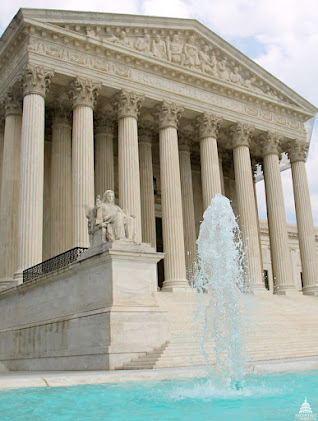Litigation & Civil Recovery: A Viable Fraud Remedy
Occasionally, I post articles that are directly related to fraud examination and investigation. This is one of those articles. Note that this does not constitute legal or accounting advice, but is for information only. Consult applicable laws and licensed counsel.
The use of criminal statutes to enforce fraud or recover assets associated with criminal activity is a common avenue toward ensuring justice is served. But, in reality, and for so many victims, as well as fraud examiners, there is a whole other realm that must be considered—the civil process. There are a lot of similarities in working a criminal fraud case (since many fraud cases start out as a civil matter).
The investigation is nearly exactly the same as a criminal investigation (and you can never know when one will become the other).
But what is different for investigators to understand is that there are different tools available, and generally you have to work closely with an attorney to obtain the
information necessary for the investigation. The flow
chart below shows there are a variety of ways to obtain financial information, but the
analysis is still exactly the same.
Generally, the civil process is as follows: a complaint is filed by the plaintiff in court that alleges a fraud violation or other “wrong” against the other party. Once the person who is the named defendant has been served and has the opportunity to respond (called an “answer” or “reply”), the discovery process commences. This involves a formal exchange of information, documents, testimony (through depositions), and third-party subpoenas.
This gives the financial
analyst or fraud examiner the opportunity to conduct tracing, account
reconstructions, new asset identification, etc., through the documents provided.
If a new bank account is found, or has funds in it, then the plaintiff can ask the court to restrain those funds pending the outcome of the litigation, either at trial, summary judgment, or through settlement/mediation.
Since the civil standard is “preponderance of the evidence,” it is easier to prove wrong-doing and thus obtain a proper remedy. While it’s not as strong as punishment by a prison term, it can be a cost- effective and useful deterrent for fraudsters.Insurance fraud violations, tax fraud, immigration violations, customs and export violations, forfeitures, procurement and contracts fraud, some money laundering violations, and many other “traditional” criminal cases can be handled exclusively in the civil arena.
In addition, many types of civil litigation in the private sector rely heavily on the “follow-the-money” approach that we have been learning in this course and certainly in this program. In the private sector, the investigation is often called “litigation support.”
LEARN MORE:
http://www.uscourts.gov/about-federal-courts/types-cases/civil-cases
Civil Case Flow Chart (pima.gov)
http://www.bailesco.com/litigation-support/
Photo: Architect of the Capitol. U.S. Supreme Court, West Terrace. 2012. https://flic.kr/p/bZgu8U U.S. government work.



Comments
Post a Comment